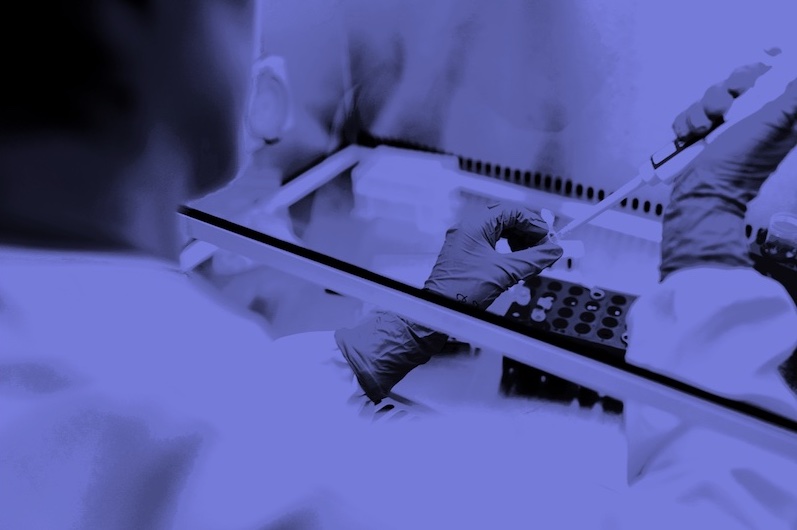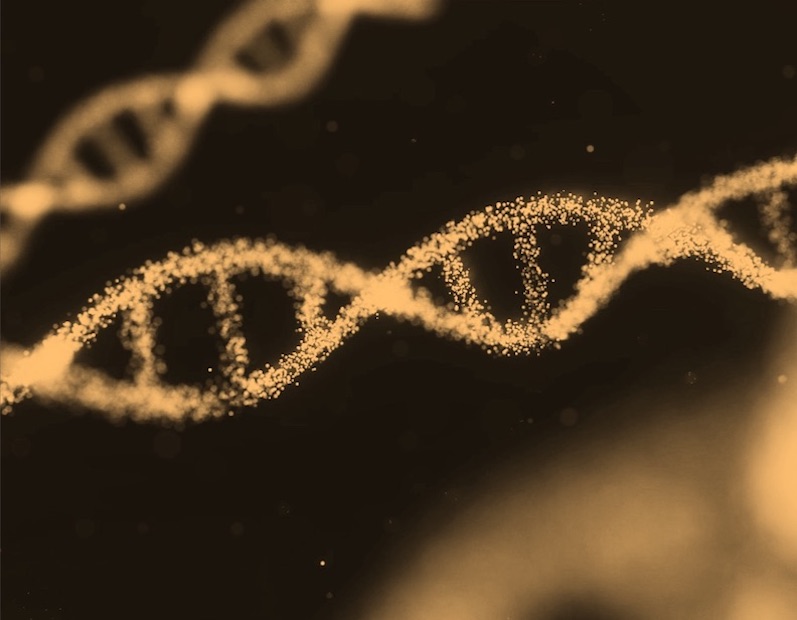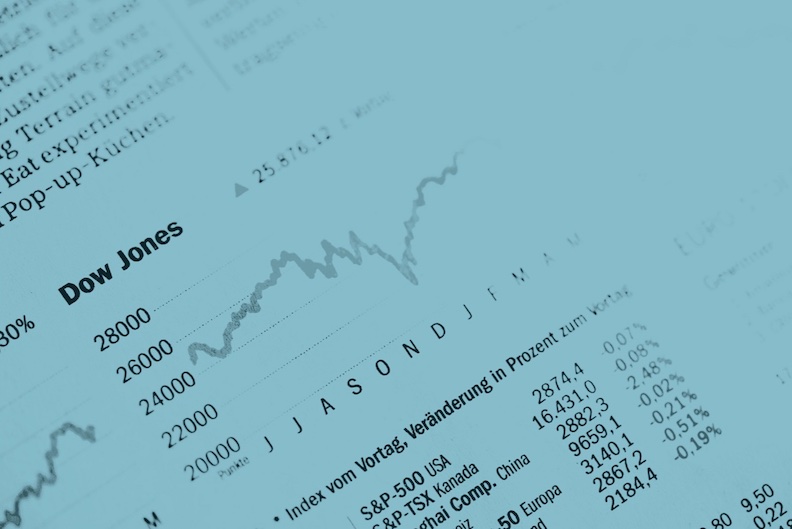What is it about?
Disasters like hurricanes, earthquakes, and wildfires can strike at any time, yet not everyone takes steps to prepare for them. This study explores what drives people to move from inaction to preparedness and why some individuals take action while others do not. Instead of treating disaster preparedness as a simple “yes or no” decision, we examine it as a three-stage process: people start as unprepared, then develop an intention to prepare, and finally become fully prepared. Using national survey data from the Federal Emergency Management Agency (FEMA), we identify key factors that influence this process. We find that prior disaster experience, awareness of preparedness steps, confidence in one’s ability to prepare (self-efficacy), and financial resources all play major roles in whether people follow through on their intentions. However, simply having the intent to prepare is not enough—some groups, particularly racial and ethnic minorities, face barriers to taking action, largely due to differences in income and access to resources. Our findings suggest that disaster preparedness programs should focus on bridging the gap between intention and action, ensuring that individuals not only understand the risks but also have the tools and resources needed to follow through. By recognizing preparedness as a dynamic process, policymakers and emergency planners can design more effective strategies to help communities become truly ready for disasters.
Featured Image

Photo by Marc Szeglat on Unsplash
Why is it important?
This study redefines disaster preparedness as a dynamic, multi-stage process rather than a simple “prepared vs. unprepared” distinction. By integrating the Transtheoretical Model (TTM), Social Cognitive Theory (SCT), and Protection Motivation Theory (PMT), we offer a comprehensive framework to understand how and why people move from inaction to intention—and ultimately to preparedness. A timely and critical aspect of this research is its focus on why certain groups—particularly racial and ethnic minorities—intend to prepare but face significant barriers in taking action. Unlike previous studies that primarily examine awareness and motivation, our findings highlight how structural factors, such as income and access to resources, determine who can follow through on preparedness efforts. As natural disasters grow more frequent and severe, these insights are essential for shaping disaster preparedness policies that move beyond education and address real-world challenges. By shifting the focus from personal responsibility to systemic barriers, this study provides actionable insights for policymakers, emergency planners, and community leaders to develop more effective, equitable disaster preparedness strategies that ensure everyone has the means to act—not just the knowledge to do so.
Perspectives
Working on this study was an insightful and thought-provoking experience, as it deepened my understanding of the complexities behind human behavior and decision-making in disaster preparedness. One of the most compelling aspects of this research was uncovering why people who intend to prepare often don’t follow through, and how structural barriers—not just personal motivation—play a significant role. This reinforced my belief that awareness alone is not enough; disaster preparedness efforts must address the real-world obstacles that prevent individuals, especially in vulnerable communities, from taking action. I hope this work reshapes the way we think about disaster preparedness—not as a one-time decision but as a gradual, multi-step process shaped by social, economic, and psychological factors. More importantly, I hope it encourages policymakers and emergency planners to design interventions that move beyond education and actively help people turn intention into action. If this work inspires even small changes in how we support at-risk communities, then it has served its purpose.
Dr. Chenyi Ma
University of Pennsylvania
Read the Original
This page is a summary of: Understanding the dynamic process of human behavior changes towards disaster preparedness: An application of the integrated TTM with SCT and PMT, International Journal of Disaster Risk Reduction, August 2024, Elsevier,
DOI: 10.1016/j.ijdrr.2024.104606.
You can read the full text:
Contributors
The following have contributed to this page







